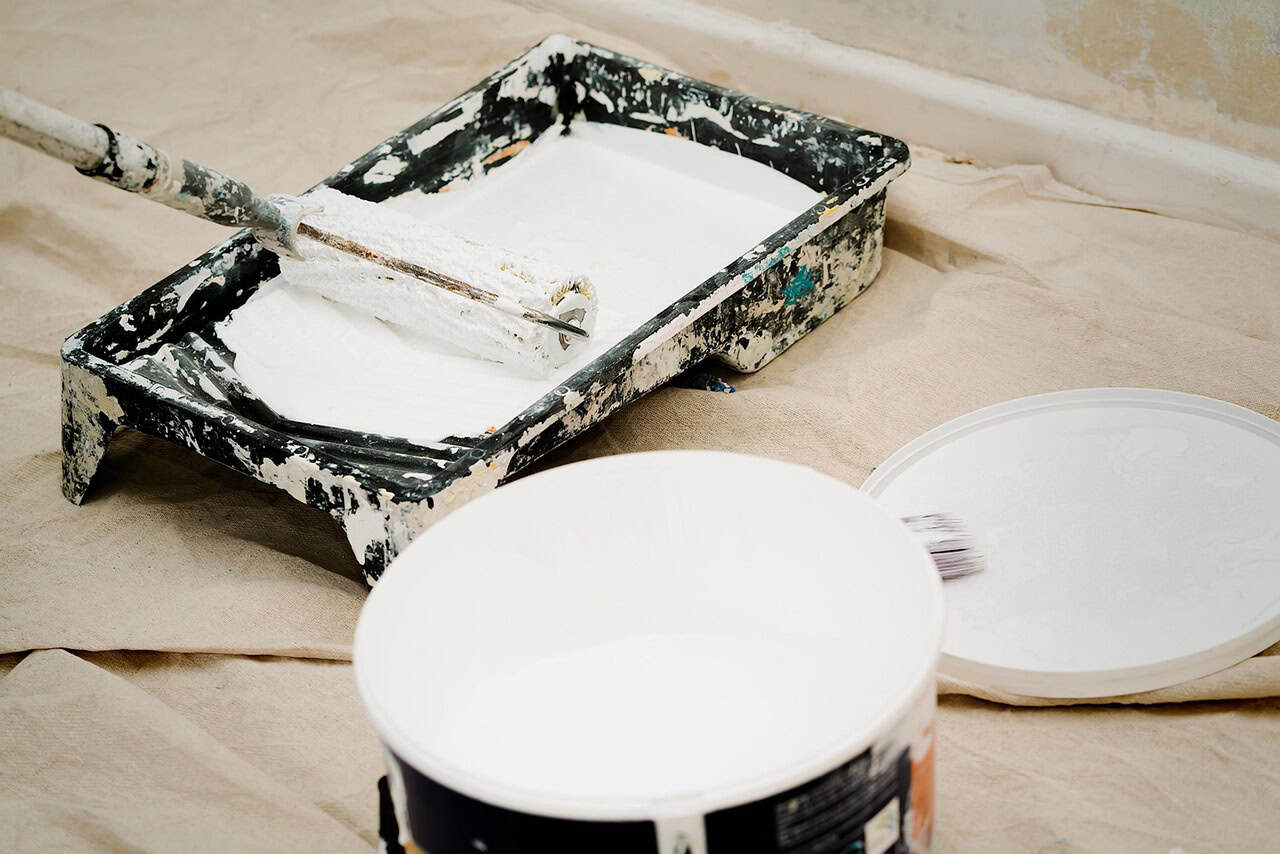When seeking the right epoxy for a project, it’s essential to grasp the distinctions between water-based and solvent-based formulations.
While both have their merits, understanding their unique properties can steer you toward the most suitable option for your needs. Let’s break down the key differences that can impact your choice.
Composition
Water-based epoxies use water as their primary solvent. This characteristic makes them generally less toxic and more environmentally friendly compared to their solvent-based counterparts.
Solvent-based epoxies, on the other hand, contain organic solvents, which often result in stronger fumes and potential health hazards.
The chemical makeup also influences the cure time and overall performance. Water-based versions typically cure faster, while solvent-based epoxies often provide a more durable finish.
This could be a decisive factor depending on how quickly you need your project completed.
Application Process
When it comes to application, water-based epoxies have some advantages. They can be applied with standard brushes or rollers and clean up easily with soap and water.
This ease of use makes them a popular choice for DIY enthusiasts and those looking for a straightforward application process.
If you’re unsure about tackling the job yourself, we recommend turning to professional garage floor refinishing services to ensure a smooth and lasting finish.
Conversely, solvent-based epoxies require the use of solvents for cleanup and may necessitate more specialized application techniques, such as spray equipment.
The fumes from solvent-based products can also necessitate proper ventilation during application, making it less user-friendly for home projects.
Performance Characteristics
Performance is where the rubber meets the road. Solvent-based epoxies are often lauded for their superior adhesion and resistance to chemicals and abrasions.
This makes them ideal for industrial applications or environments where durability is paramount. They form a hard, impermeable layer that can withstand harsh conditions.
Water-based epoxies, while still resilient, may not offer the same level of chemical resistance. They are best suited for lighter-duty applications or interior projects where exposure to harsh conditions is minimal.
Their ease of use can sometimes come at the expense of longevity, but they can still provide a solid finish for many applications.
Drying and Curing Times

Drying and curing times can vary significantly between the two types. Water-based epoxies generally dry quickly, often within a few hours.
This swift turnaround can be a significant advantage for projects where time is of the essence. The downside, however, is that they may require a longer cure time to reach full hardness, often extending to several days.
On the flip side, solvent-based epoxies usually have longer drying times, but their curing process leads to a harder finish. The trade-off here is that while you might wait longer to apply additional coats, the end result can be a robust surface that lasts.
Environmental and Health Considerations
Environmental impact is an increasingly important factor in product selection. Water-based epoxies are generally seen as more eco-friendly, emitting fewer volatile organic compounds (VOCs) during application.
This makes them a favorable choice for indoor projects, as they pose fewer risks to indoor air quality.
Solvent-based epoxies, while effective, often release higher levels of VOCs, which can have adverse effects on health. Proper safety measures, including ventilation and protective gear, are often necessary when using these products.
If you’re mindful of health and environmental aspects, water-based options might be the way to go.
Cost Implications
Cost can also play a role in your decision-making process. Water-based epoxies tend to be more affordable upfront. Their lower toxicity and ease of application can also lead to savings on safety gear and cleanup supplies.
However, it’s worth noting that if durability is a priority, the longer-lasting nature of solvent-based epoxies might justify their higher price tag in some cases.
When evaluating the cost, consider the project’s scope and how often you might need to reapply the epoxy. A cheaper product that needs frequent replacement may end up being more expensive in the long run.
Aesthetics and Finish
The final look of your project may sway your choice between these two types. Water-based epoxies typically provide a clearer, less glossy finish that can enhance the natural beauty of wood or other surfaces.
They retain color better over time and are less prone to yellowing, making them a popular choice for artistic applications.
Solvent-based epoxies often yield a high-gloss finish, which can be visually striking and is sometimes preferred for flooring or decorative projects.
However, keep in mind that this glossy appearance can highlight imperfections in the surface, which may need to be addressed before application.
Odor and Fumes
The odor emitted during application is another key difference. Water-based epoxies are low-odor, making them easier to work with in confined spaces. This can be a blessing for anyone sensitive to strong smells or those working in homes with limited ventilation.
In contrast, solvent-based epoxies can produce strong fumes that linger long after application. Using them in poorly ventilated areas can lead to discomfort or health issues.
If you’re sensitive to smells, opting for water-based products may save you a headache.
Storage and Shelf Life
Storage considerations should also factor into your decision. Water-based epoxies have a shorter shelf life once opened, generally lasting about a year if stored properly.
Solvent-based options, however, can remain viable for longer periods, often lasting several years in a sealed container.
If you’re planning a long-term project that might see delays, solvent-based epoxies could be the better choice, allowing for more flexibility in your timeline without worrying about the product going bad.
Versatility
Versatility is another area where each type has its strengths. Water-based epoxies can be used on a variety of surfaces, including wood, metal, and concrete, making them suitable for a wide range of applications. They are fantastic for home improvement projects, crafts, and light industrial uses.
Solvent-based epoxies, while versatile, excel in heavy-duty applications. They are often used in industrial settings, for automotive repairs, or even in marine environments due to their robust performance characteristics.
Choosing the right type depends heavily on the intended use and environmental conditions.









Leave a Comment